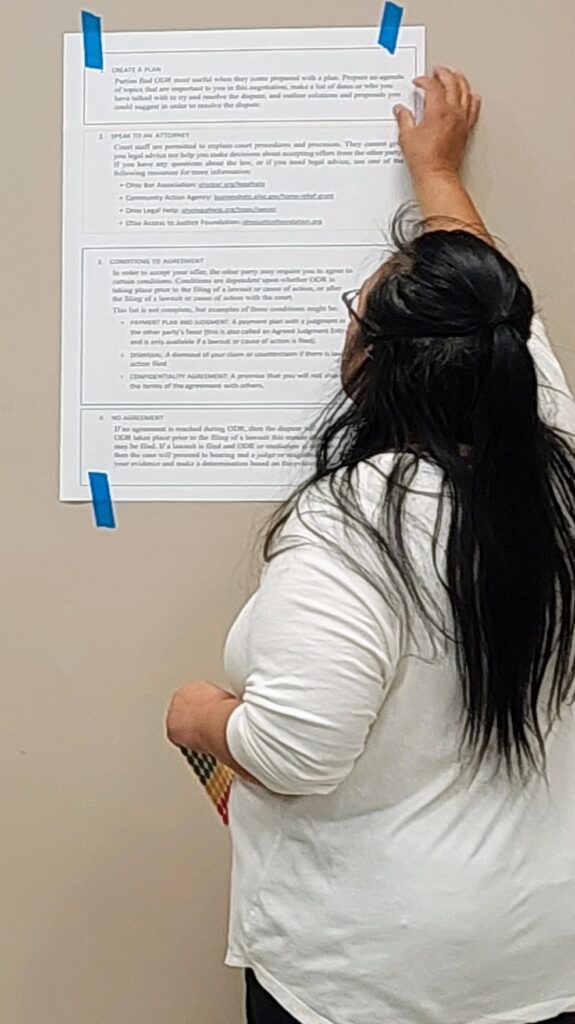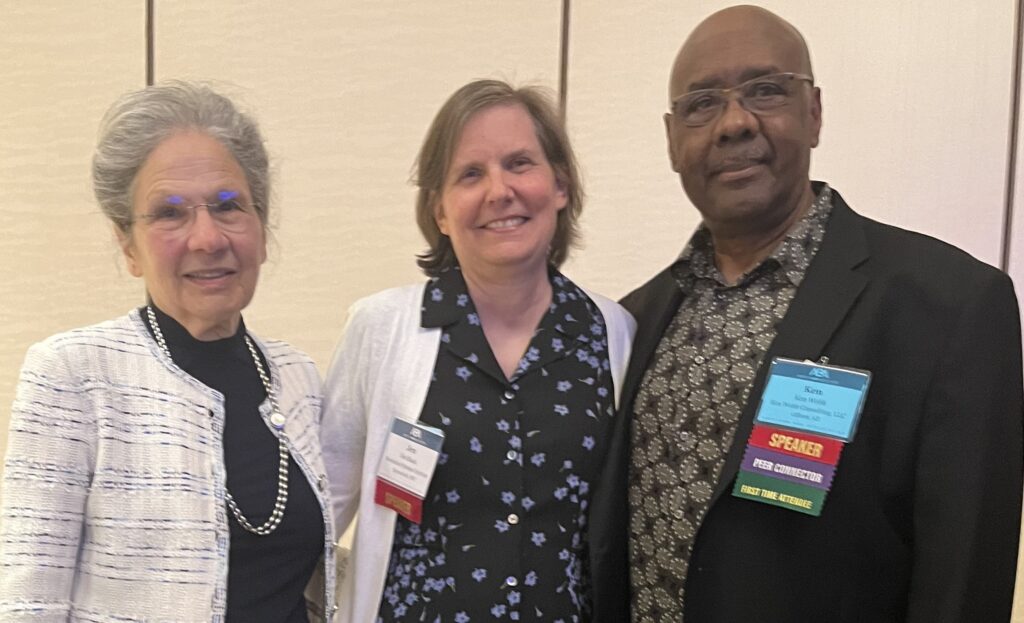RSI Director of Research Jennifer Shack joined ODR.com CEO Colin Rule and Redek founder Nicolas Lozada this month for an ODR Cyberweek 2024 webinar on the topic of online dispute resolution to settle family law cases, focusing on a report Shack co-authored in 2021.
ODR Cyberweek is a free, virtual conference hosted annually by the National Center for Technology and Dispute Resolution (NCTDR).
Shack answered questions about the 2021 evaluation of a Michigan ODR program she conducted with University of California Davis law professor Donna Shestowsky, which was the first third-party evaluation of a family law ODR program in the United States.
The program, in Ottawa County, Michigan, was launched by the 20th Circuit of Michigan’s Friend of the Court in August 2020 with the goal of providing parties with post-judgment family law disputes a simpler, more convenient and cost-effective way to reach agreements related to child custody, parenting time and child support. It also aimed to increase efficiency in the disposition of these matters.
Among the topics that came up in the ODR Cyberweek discussion were the varying levels of interest by caseworkers and others in participating in ODR; the likelihood that cultural and demographic differences might impact openness to ODR, as well as ways of dealing with conflict in general; and the potential for and possible hurdles to using ODR to mediate cases where intimate partner violence is a factor.
Shack also offered insight on how to improve communications with parties about ODR as a means to improve understanding of the process and increase participation, based on findings from RSI’s ODR Party Engagement (OPEN) Project.
Lozada, who founded the Colombian ODR startup Redek, noted the challenges of advocating for ODR in Colombia when consistent internet access and use remains out of reach for much of the population. In addition to the access problems this presents, it can also mean that those who do have access remain wary of the legitimacy of online programs, Rule suggested.
ODR.com recently launched a new AI-powered platform for ODR in family cases that integrates with court systems and provides tools to support mediators.
NCTDR’s ODR Cyberweek serves an international audience, is open to the public, and includes panels in English, Chinese, Spanish and Portuguese. Additional topics this year included AI integration in courts, mediation and arbitration, recent innovations and research findings. The event also included tech demos and a student panel. Recordings of many of the ODR Cyberweek sessions from this and previous years can be found in the NCTDR’s ODR Cyberweek Archive.




